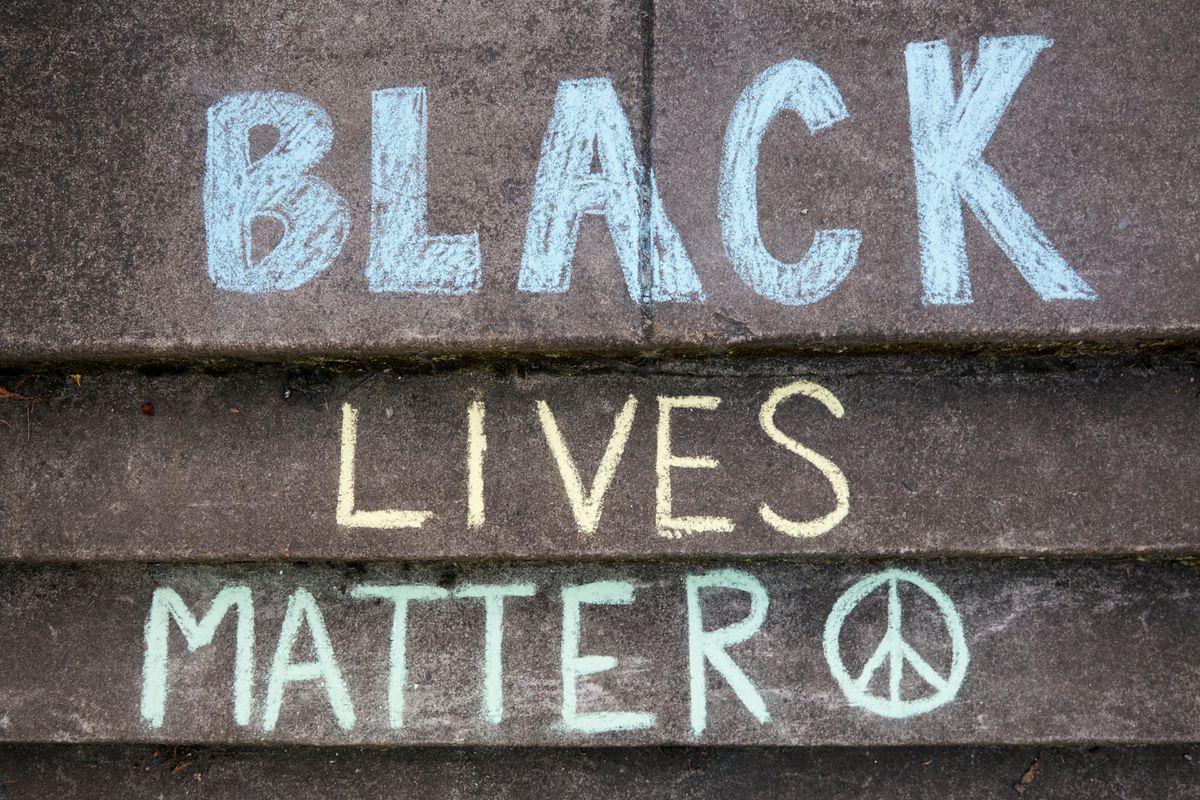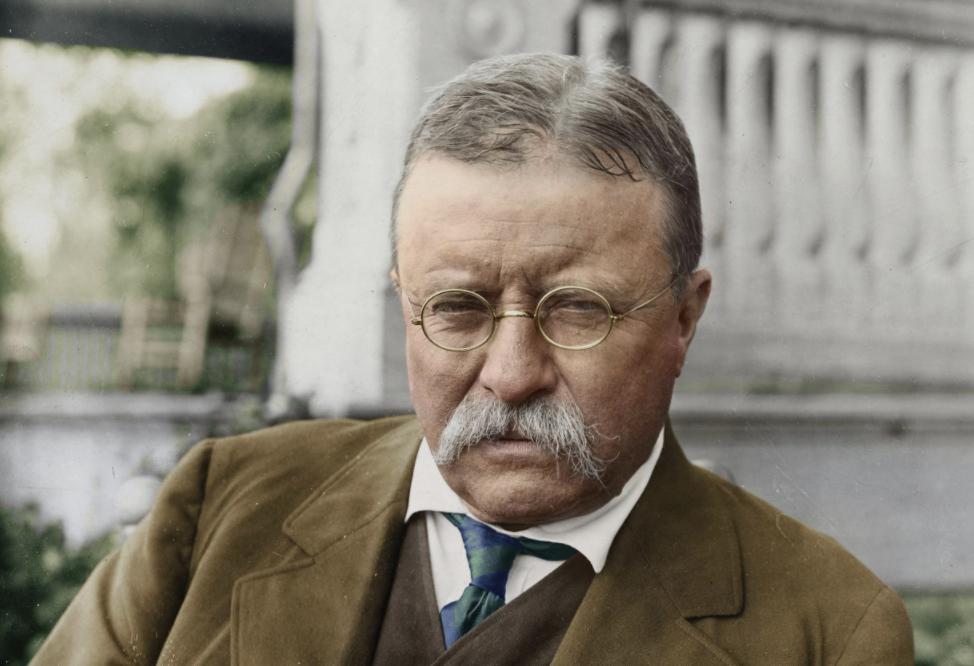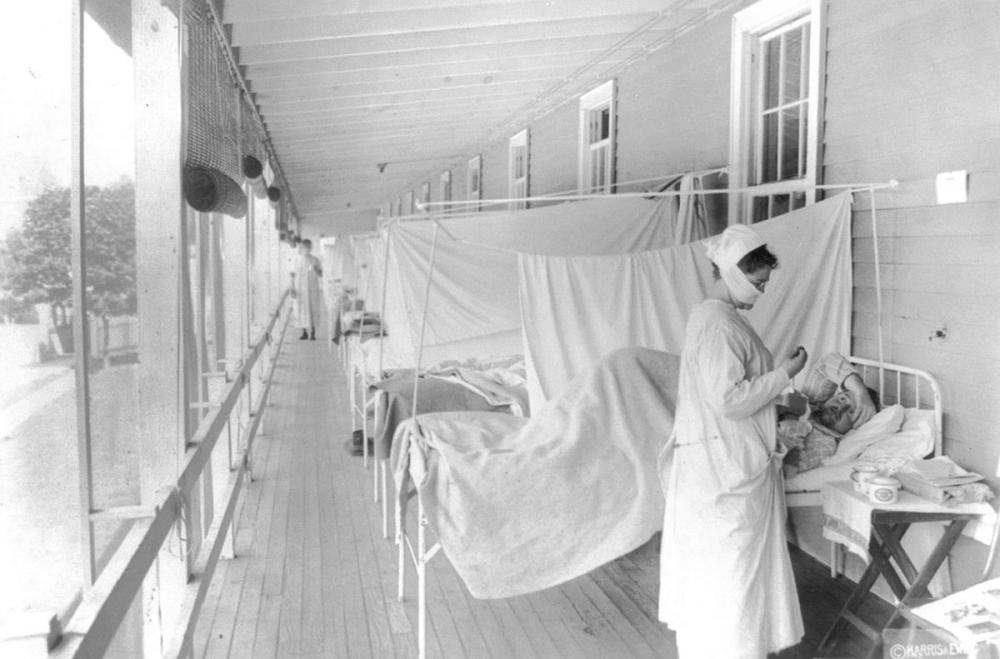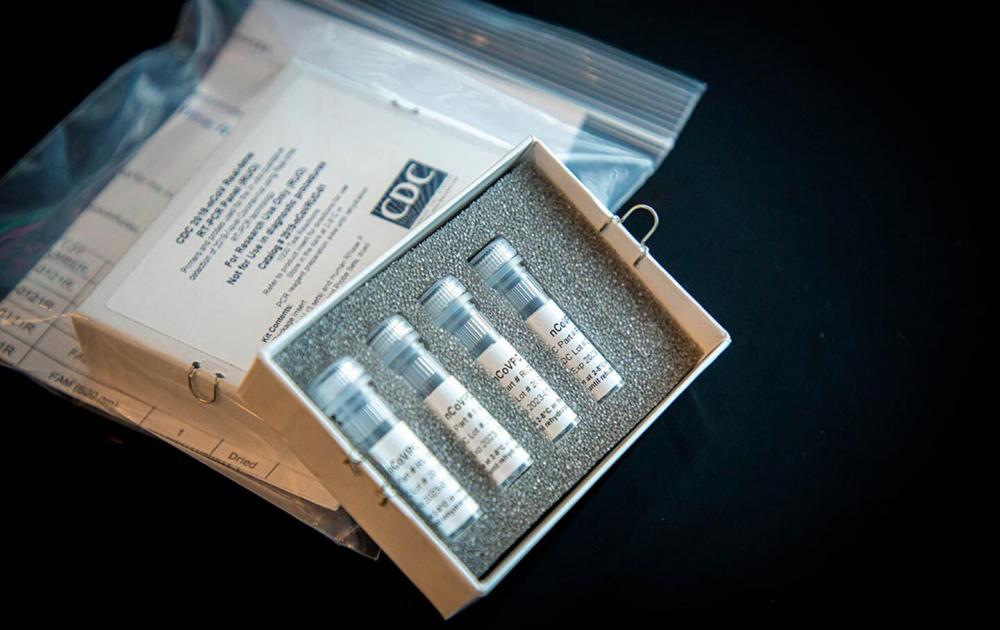Satirists are having a field day with our political situation; it is better to laugh than cry. Fortunately, political wit and humor have been with us as long as there have been politicians.
Winston Churchill’s wit is legendary and oft quoted. Recently, I stumbled across a forgotten wit from Congress. Thomas Brackett Reed of Maine was elected to the House of Representatives 12 times and was the Speaker for 8 years until he resigned in 1899 to protest the Spanish-American War. He was a principled man, a strong supporter of civil rights and widely regarded as honest man who did not tolerate fools.
A Republican (when Republicans were the liberal party), he believed in protective tariffs, federally protected voting rights for African Americans and a strong navy. He opposed capital punishment, federal subsidies for railroads, supported women’s suffrage and had a dim view of organized religion. His overbearing personality and great intellect earned him the nickname Czar Reed.
Congress was as broken back then as it is perceived to be now. At the time, the House Democrats (the minority conservative party) wanted to make sure that there was no legislation, no change. Their strategy was to attend sessions but refuse to say “present” at role call; meaning there was no quorum, and no business could be done. In 1890, Reed formulated the “Reed Rules” of parliamentary procedure which eliminated this behavior, facilitated the passage of legislation, and increased the influence of the Speaker of the House.
In the process, he bestowed withering wit on his foes and friends alike. Here is a sample:
He referred to the Senate as “a place where good Representatives went when they died”; and the House as “a gelatinous existence, the scorn of all vertebrate animals.”
Reed coined the classic definition of a statesman, “a successful politician who is dead.”
Of Representatives who quoted religion, he observed: “One, with God, is always a majority, but many a martyr has been burned at the stake while the votes were being counted.”
When another Congressman said that he would rather be right than be President (quoting Henry Clay), Reed replied “The gentleman need not be disturbed, he never will be either.”
When another member, notorious for uneducated opinions, began some remarks with, “I was thinking, Mr. Speaker, I was thinking…,” Reed expressed the hope that “no one will interrupt the gentleman’s commendable innovation.”
Once referring to two of his House colleagues, he said, “They never open their mouths without subtracting from the sum of human knowledge.”
When asked to attend the funeral of a long-time political adversary, he declined, but stated, “that does not mean to say I do not heartily approve of it.”
He was especially dismissive of the conservative Democratic party.
“The best system is to have one party govern and the other party watch, and on general principles I think it best for us to govern and the Democrats watch.”
“We live in a world of sin and sorrow. Otherwise there would be no Democratic Party.”
He was also critical of his own party. When asked if his party might nominate him for President, he noted, “They could do worse, and they probably will.” He described his rival, McKinley, as having “the backbone of a chocolate éclair”.
Here are some more:
Reed was a large, corpulent man with a bland appearance, and when he saw his official portrait he exclaimed. “Well, my enemies have gotten their revenge.”
“What I most admire about you, Theodore,” Reed said of Teddy Roosevelt, “is your original discovery of the Ten Commandments.”
“Copernicus did not publish his book until he was on his deathbed. He knew how dangerous it is to be right when the rest of the world is wrong.”
At a dinner party, a famous raconteur, Senator Choate, remarked that he had never made a bet on a horse or card or anything else in his life. “I wish I could say that,” another guest said earnestly. “Why can’t you?” Reed replied, “Choate did.”
And a more modern one, just because it is so funny:
“In a recent fire, Bob Dole’s library burned down. Both books were lost. And he hadn’t even finished coloring one of them.” —Jack Kemp
I thought we all needed a laugh.
Angela Rieck, a Caroline County native, received her PhD in Mathematical Psychology from the University of Maryland and worked as a scientist at Bell Labs, and other high-tech companies in New Jersey before retiring as a corporate executive. Angela and her dogs divide their time between St Michaels and Key West Florida. Her daughter lives and works in New York City.










